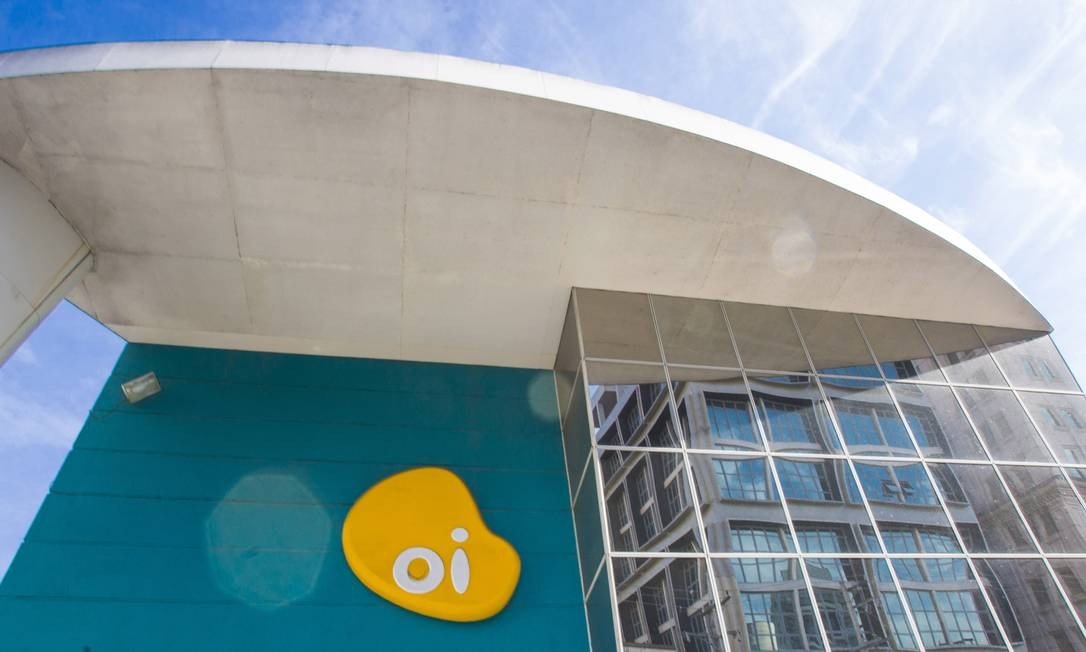RIO DE JANEIRO, BRAZIL – The Oi crisis, involving one of the country’s largest telecommunications carriers, began in June 2016 when it filed for bankruptcy protection after its debt reached the level of R$65 billion (US$13 billion).

On Saturday, July 18th, part of the company’s problems seem to have found a solution: the company announced, in a material fact communication to the CVM, that it had received a R$15 billion offer from Vivo, Claro and Tim for its mobile service.
This may be the beginning of the company’s rebound. Amid the crisis, in December 2017, its rescue plan was approved, resulting in a cut in the company’s debt. Nevertheless, the amount owed to creditors was still the company’s main foe.
Yet another complication lies in the years of underinvestment that have built up since the times when Andrade Gutierrez and La Fonte (Jereissati family) were the controlling shareholders.
From then on, the company sought investments and other means to generate cash. In January, its situation improved somewhat. After long negotiations, it managed to sell its 25 percent stake in the Angolan operator Unitel for US$1 billion.
The sale of Unitel served as a relief after a troubled 2019. At the end of that year, the company announced that Eurico Teles, regarded as the company’s savior, would leave office. Rodrigo Abreu, who held the position of Operations Director, took his position.
Concurrently, the company found itself caught up in the heart of Operation Mapa da Mina within Lava Jato, which was investigating its contracts with one of Lula’s sons, entrepreneur Fábio Luís Lula da Silva, to the benefit of the company during the Telemar purchase negotiation.
The change in the presidency and Lava Jato ultimately further toppled the company’s shares.
Part of the market’s confidence returned when Oi introduced a new addition to the bankruptcy protection plan and intended to increase its value fivefold, already under Abreu’s management.
In the document, the company presented its strategic model vision, to permanently become a company with two business fronts: infrastructure and residential and corporate retail services.
Source: Exame

